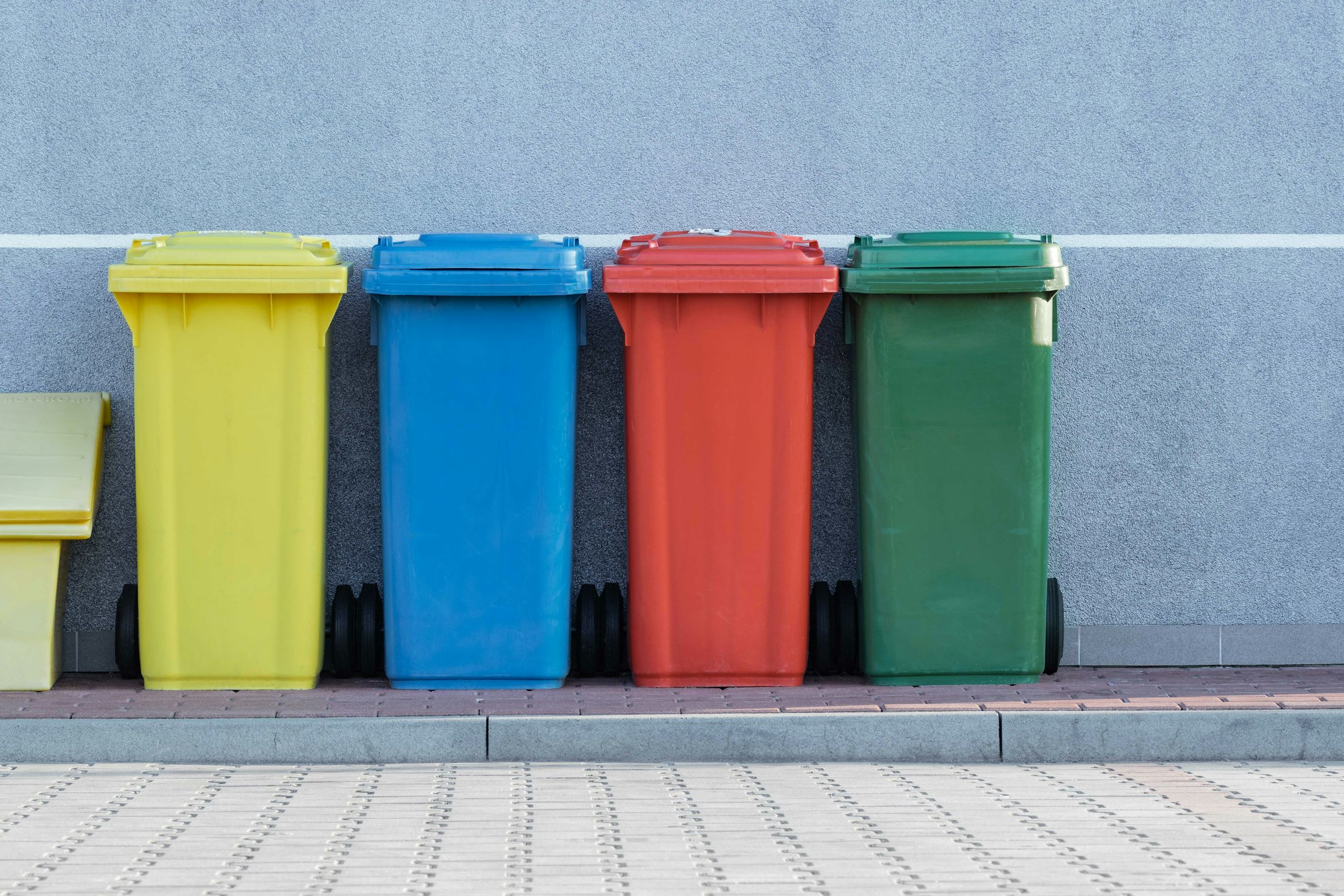All official European Union website addresses are in the europa.eu domain.
See all EU institutions and bodiesTonnes of microplastics unintentionally released into the environment every year in the EU.
Loading chart...

DG Environment estimates that between 0.7-1.8 million tonnes of microplastics were unintentionally released into the environment in the EU in 2019.
The main sources of microplastics and the estimated released amounts are:
- Paints: between 231 000 – 863 000 tonnes. Paints releases occur during application, wear and tear, or removal of paint. Approximately 21% of the 2.4 million tonnes of plastic polymers used paint in the EU in 2019, leaked into the environment in the form of microplastics.
- Tyres: between 36 0000 - 54 0000 tonnes. Microplastic releases from tyres are generated as a consequence of the friction of tyres on road surfaces. Passenger cars make up the largest source of tyre wear particle emissions.
- Pellets: between 52 140- 184 290 tonnes. Pellets are small pieces of raw material used to produce plastic products, these are lost during the handling and transportation. Pellets are known to be eaten by a range of marine and coastal species and can cause physical harm or death.
- Textiles: between 1 649 - 61 078 tonnes. Approximately 60% of textiles are made from plastics. Small textile fibers are lost during production, use, washing, drying, and waste handling of textiles.
- Geotextiles: 6 000- 19 750 tonnes. Geotextiles are mainly made of synthetic fibers, used primarily in road construction, erosion prevention and drainage. Their use in harsh conditions lead to release of microplastic release into their surroundings.
Detergent capsules: 4 140 – 5 980 tonnes. They are designed to dissolve during the washing cycle, but more research is needed to determine to what extent this occurs in all environmental media and their possible emissions of microplastics into the environment.




